The Royal Academy celebrates its 250th birthday with a £56m makeover – but will changes to this elite institution prove more than skin deep?
David Chipperfield’s expansion connects the RA with the building it backs on to, while the Royal Academy Schools are also opened up for the first time. But what about an affordable cafe?
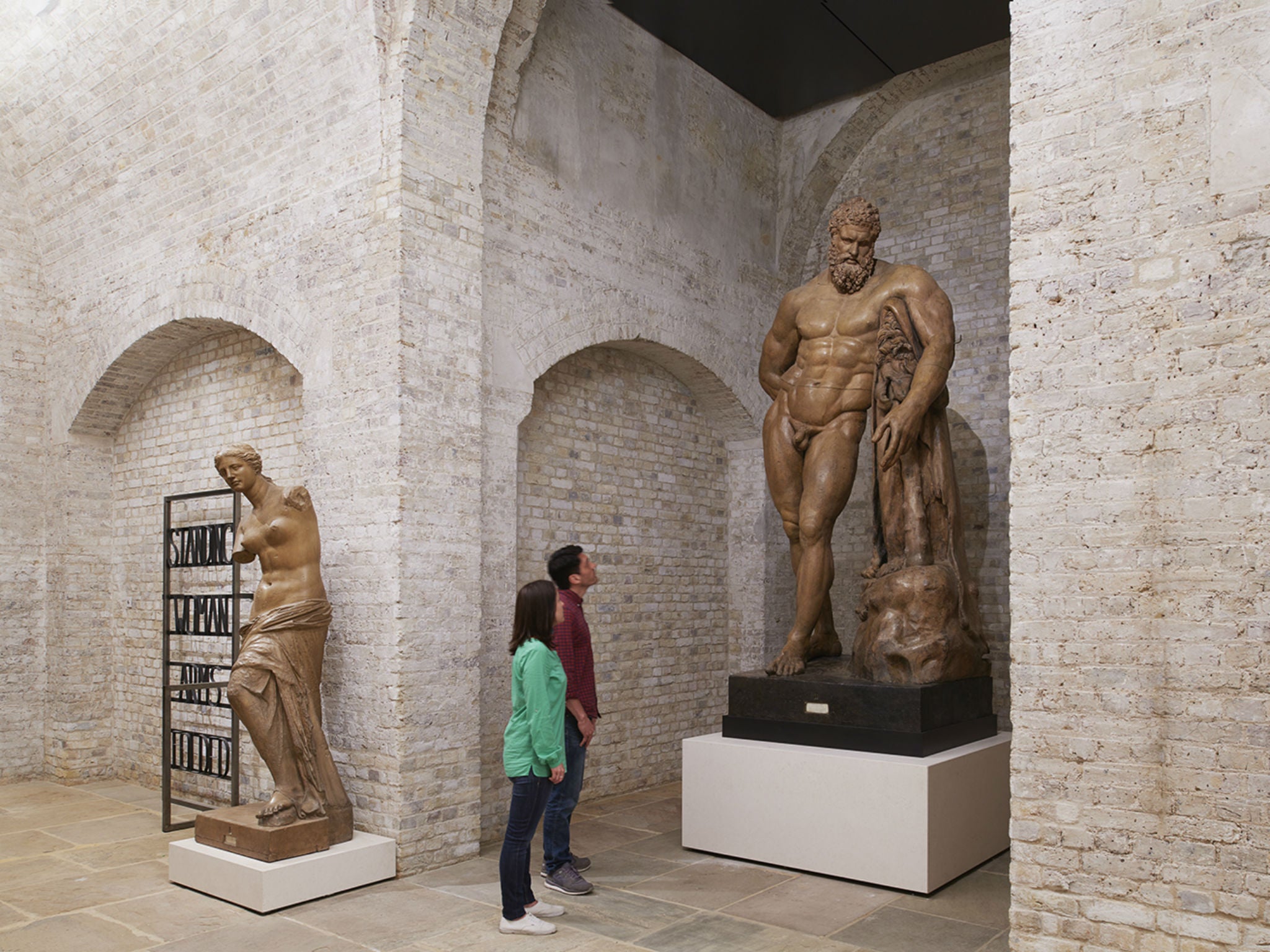
Your support helps us to tell the story
From reproductive rights to climate change to Big Tech, The Independent is on the ground when the story is developing. Whether it's investigating the financials of Elon Musk's pro-Trump PAC or producing our latest documentary, 'The A Word', which shines a light on the American women fighting for reproductive rights, we know how important it is to parse out the facts from the messaging.
At such a critical moment in US history, we need reporters on the ground. Your donation allows us to keep sending journalists to speak to both sides of the story.
The Independent is trusted by Americans across the entire political spectrum. And unlike many other quality news outlets, we choose not to lock Americans out of our reporting and analysis with paywalls. We believe quality journalism should be available to everyone, paid for by those who can afford it.
Your support makes all the difference.The presence of the morning sun gaily flooding into the new horseshoe-shaped Benjamin West Lecture Theatre made the sense of self-congratulatory triumph that much more emphatic. The Royal Academy had pulled it off on its 250th anniversary year: an exercise in physical expansion, eased along by grants and donations totalling £56m which, from today, will see it grow in size by about 70 per cent.
There will be more and more of everything – more free-to-enter exhibition spaces, more lectures, more places to eat and drink, more exquisite architectural vantage points from where you will be able to stand and dream and idly drum your lip.
And yet, perhaps surprisingly, not every artist in the world has always wanted to become a Royal Academician. Damien Hirst refused. Gilbert and George got asked very late in the day. We were almost dead, Gilbert quipped. Henry Moore crossed over to the other side of the street when he passed the place. It seemed to hate all things modern with such vehemence.
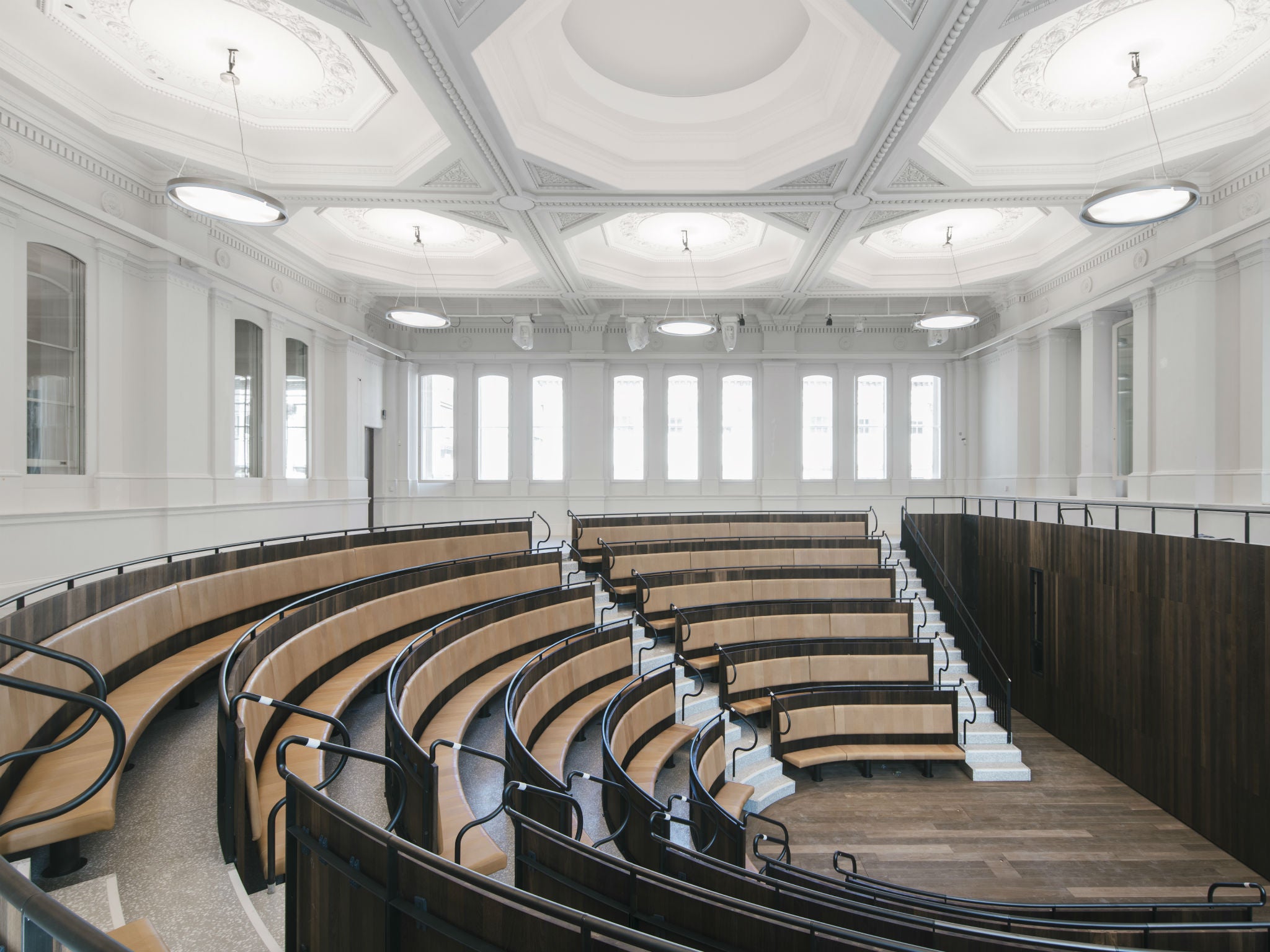
But now, having shed much of that toxicity over the past two decades, and relatively recently demonstrated its profound commitment to fashionable political art by showing Ai Weiwei, the Royal Academy in Piccadilly has been made anew.
Why, though? What’s been wrong with it down the years? And what is it for anyway?
The place has always smacked of privilege, entitlement, elitism. It used to be the sort of institution that you could not easily negotiate your way through without a fair bit of money. Is any of that likely to change now?
Yes, to a degree. Today it feels more open, a little less like a club created for gentlemen with the blessing of George III.
The Royal Academy is a private institution with no public funding, and it was created to be a meeting place for artists, and to train artists professionally. Eighty Royal Academicians (never more than that at any one time, so aspirants have to eagerly anticipate a fall from the perch) run its various committees. Older academicians elect new ones. This delicious power game of pick-and-choose is always kept strictly within the family.
And how has the gender balance been down the years? Terrible. During the first 180 years of the Royal Academy’s existence, it had two female RAs. This is the current state: 26 women to 54 men. Much work to be done, old boys.
But for most of us, the Royal Academy has consisted in the past of those various handsome galleries in which temporary exhibitions – often quite brilliant ones – were displayed, and its summer exhibition, which has been an uninterrupted annual feature since 1769.
Yet none of these were free-to-enter. Painfully high fees usually applied.
In fact, almost nothing came free at the Royal Academy – unless you included the lavatories, cloakroom and, oh yes, entry to their shop. Now there will be much that you can see and do for free. The experience of walking through it will be a much a more casual affair altogether.
And the institution has grown, enormously, in this recent refit. How though? And in which direction? (You can’t see anything new from either the Piccadilly or the Burlington Gardens’ side.)
A bridge has been created which connects the original Royal Academy with the building it backs onto, in Burlington Gardens. Who was the man chosen for the job? David Chipperfield.
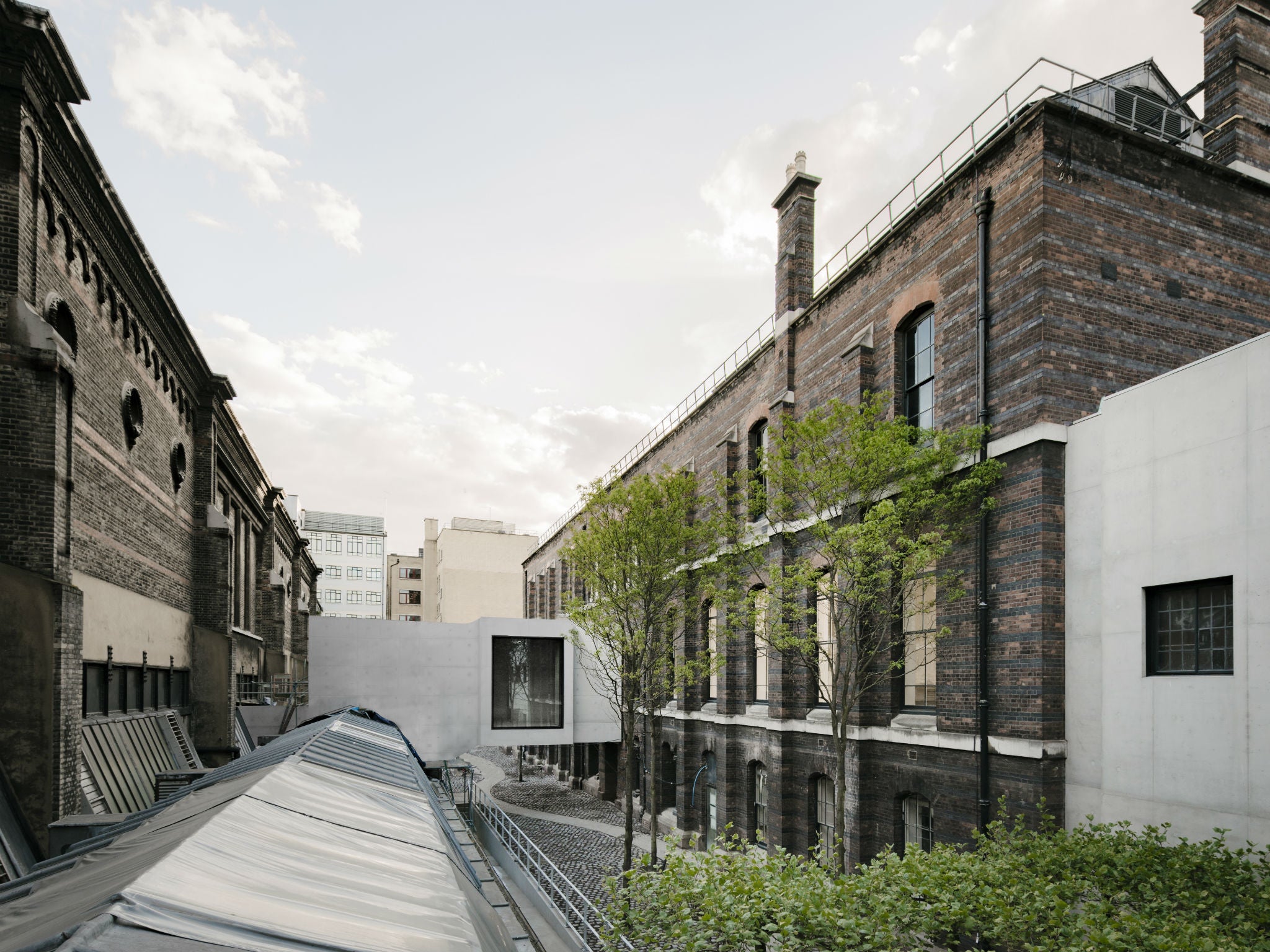
That building behind once housed a marvellous institution called the Museum of Mankind, which disappeared almost 20 years ago. The Royal Academy bought it in 2001. It stood empty for while, and then in 2009 various rooms were hired out to private dealers.
One of Chipperfield’s tasks has been to elegantly stitch two buildings together by plugging the gap between. A bridge was needed to crack the difficult problem of taking you up from the ground floor of one building to the first floor of the next.
I asked Spencer de Grey, the Royal Academician who had commissioned the bridge and an architect himself, to describe it to me, which he did with a degree of diplomatic artfulness. “A beautiful abstract sculpture” were his well tweezered words. There are other descriptive possibilities that I heard deployed in its presence too: a monumental robotic arm, for example.
But who is the RA for today? Is it for the connoisseur or the hoi polloi? Will there, for example, be a relatively welcoming and cheap cafe now? More than one, as it happens. And some shops too. There is a cafe on the right as you enter Burlington House on Piccadilly, for example. It was once exclusively for the use of Friends. Now you and I will be able to use it too – after 4pm.
Maybe not that cheap or welcoming: you access it through a rather fine and forbidding, 19th century wooden door through which, in the past, you generally could not see because it was closed to prying eyes.
There is no menu on the wall outside this cafe. You will never know whether or not you are prosperous enough to enter and partake of, say, its Orange and Plum Cake (£5.75) washed down with a cappuccino (£3.20) until you find yourself trapped inside. You may never know what size of periwig you will have to measure yours against.
The Royal Academy always felt as if it had been created for high-toned people with money. Its Friends are some of the rudest and most entitled people you are ever likely to be bumped aside for.
But the fact is that the Royal Academy simply would not exist without its Friends. The place was facing bankruptcy 40 years ago. And then Sir Hugh Casson, who became president in 1976, dreamed up a brilliant wheeze: a special class of favoured visitor called a Friend. And this army of culturally high-toned enthusiasts now bankrolls the place. It costs £125 a year to be a friend and there are 100,000 of them. Yes, £12.5m. A cool £12.5m.
The summer exhibition, which opens to the public next month, is the RA’s other big money-spinner. In the past, it has been limited to its main exhibition galleries in Burlington House. This year the exhibition will rage and foam into many more of the nooks and crannies of the institution, including its new spaces fronting onto Burlington Gardens.
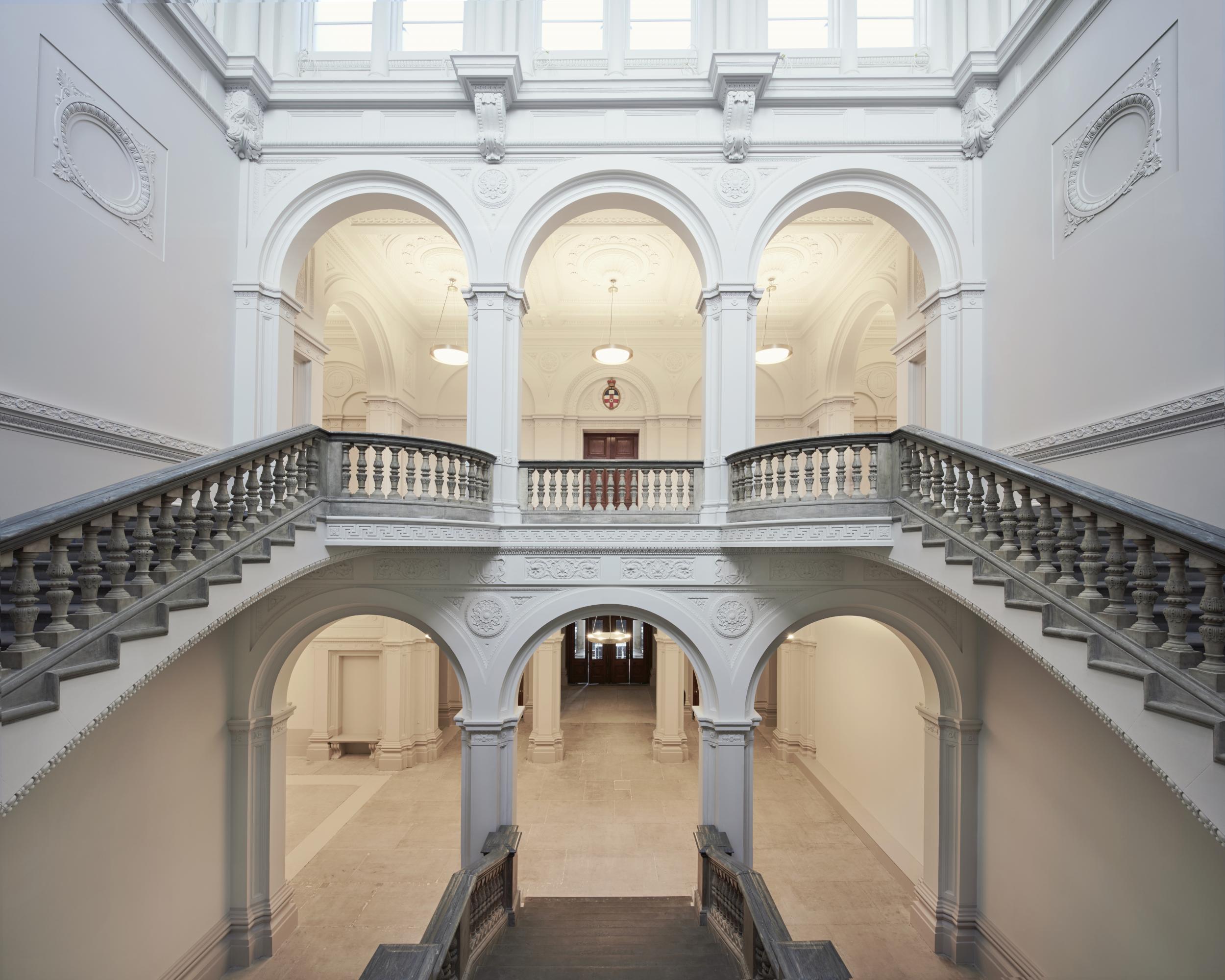
The academicians look forward to the summer exhibition with especial pleasure because it’s the moment in the year when they can sweetly anticipate making a decent amount of money at last. The academicians are allowed to put six works into the show, available to buy, without anyone even raising a brow – and without paying a penny. Outsiders can submit a maximum of two. And those outsiders pay handsomely.
This year, there are 400 works by Royal Academicians. They also fight over the best places to be hung. And, oh dear, their works are often amongst the largest in size too. Is all this necessarily a good thing?
No. It often looks like a grotesque act of self-indulgence. Could it also be construed as unfair? Yes. Consider this.
This year it cost outsiders £35 just to submit a work for consideration, and that fee was non-returnable whether you were accepted or not. Last year’s submission fee was £25 – so the cost has gone up by 40 per cent in a single year.
Up to 20,000 people were allowed to submit work this year, and about 1,200 works will go on display this year. And if the Academicians show 400, that’s a third. The other 20,000 applicants, those outsiders (submitting up to 40,000 works) might get to show roughly 800 in all. How fair is that?
Let’s make a rough guess at how much all that non-returnable money will amount to – somewhere between £700,000 and £1.4m is the answer.
What a profitable venture! When any work gets sold, the RA takes 30 per cent of the net price, plus VAT.
What does this money get spent on? The Royal Academy Schools is one of its principal beneficiaries.
Had you even heard of the Royal Academy Schools? Perhaps not so much. It is the equivalent of a small, postgraduate college, and it’s been going for as long as the institution itself. Entrance is selective. They admit 17 new applicants per year. Tuition is free. Free! Bursaries are offered. How wonderful.
Well, wonderful if you already know about it. Until this week you would never have noticed its presence at all if you had walked into the building, and then mounted the great, triumphal staircase to see an exhibition in the principal galleries.
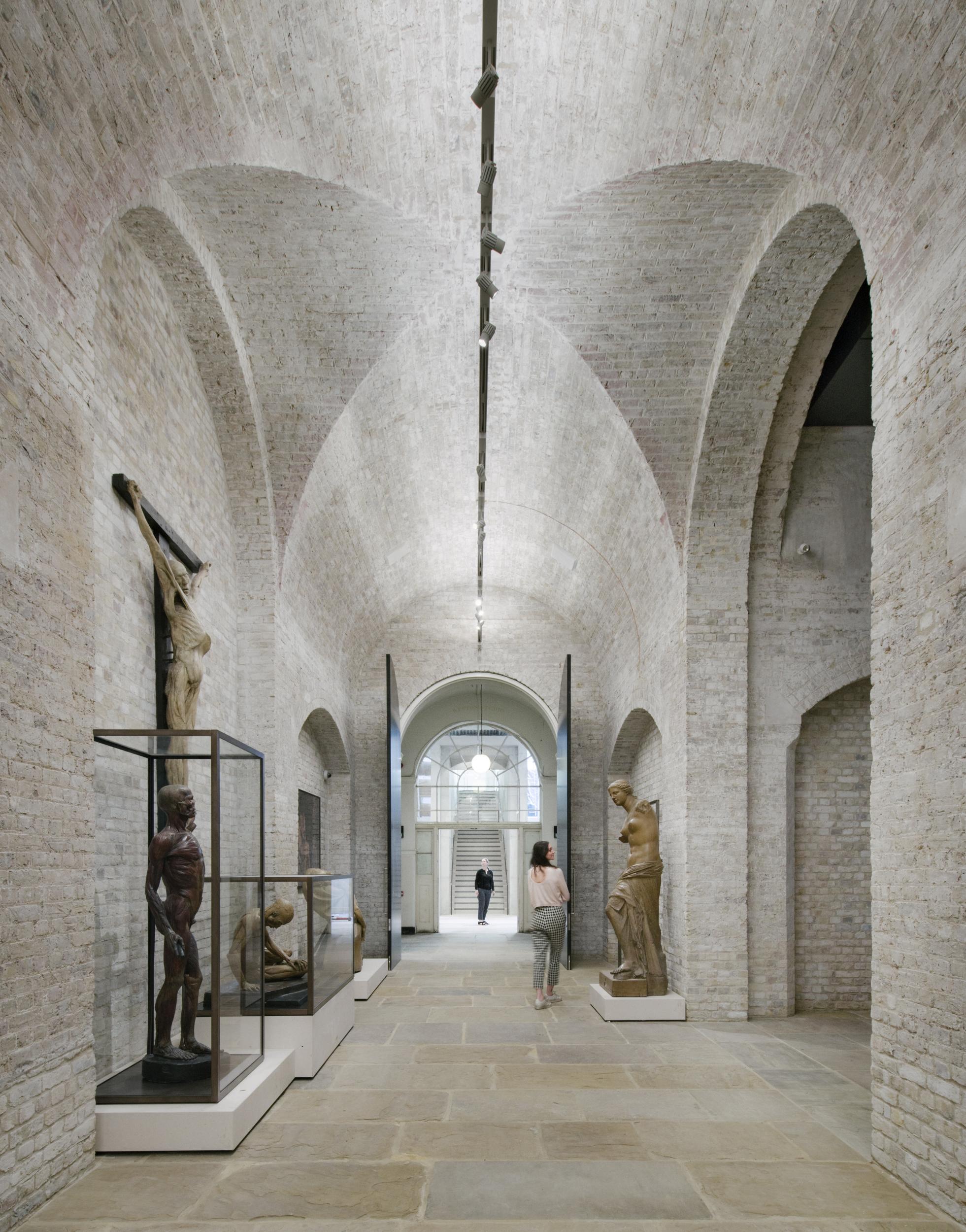
Not any more. The Academy Schools has been invaded as never before. The building’s vaults now house a free-to-enter exhibition that shows off some of the objects which once served as teaching aids: the cast of the body of a hanged man, for example. Or, a touch more elevating perhaps, the Venus de Milo.
Who was the Royal Academy’s brainchild way back when? The painter Sir Joshua Reynolds, he who balances his palette along his left forearm like any practised Michelin-starry-eyed waiter his tray, in the Annenberg Courtyard outside Burlington House in Piccadilly, was its first president.
Reynolds was a man greatly despised by William Blake. Blake, ever colourfully intemperate in his condemnation of his enemies, called Reynolds a liar, a sly dog and a man hired to depress art. Needless to say, Blake neither was nor ever will be an RA.
And, unlike Reynolds, he was also a genius.
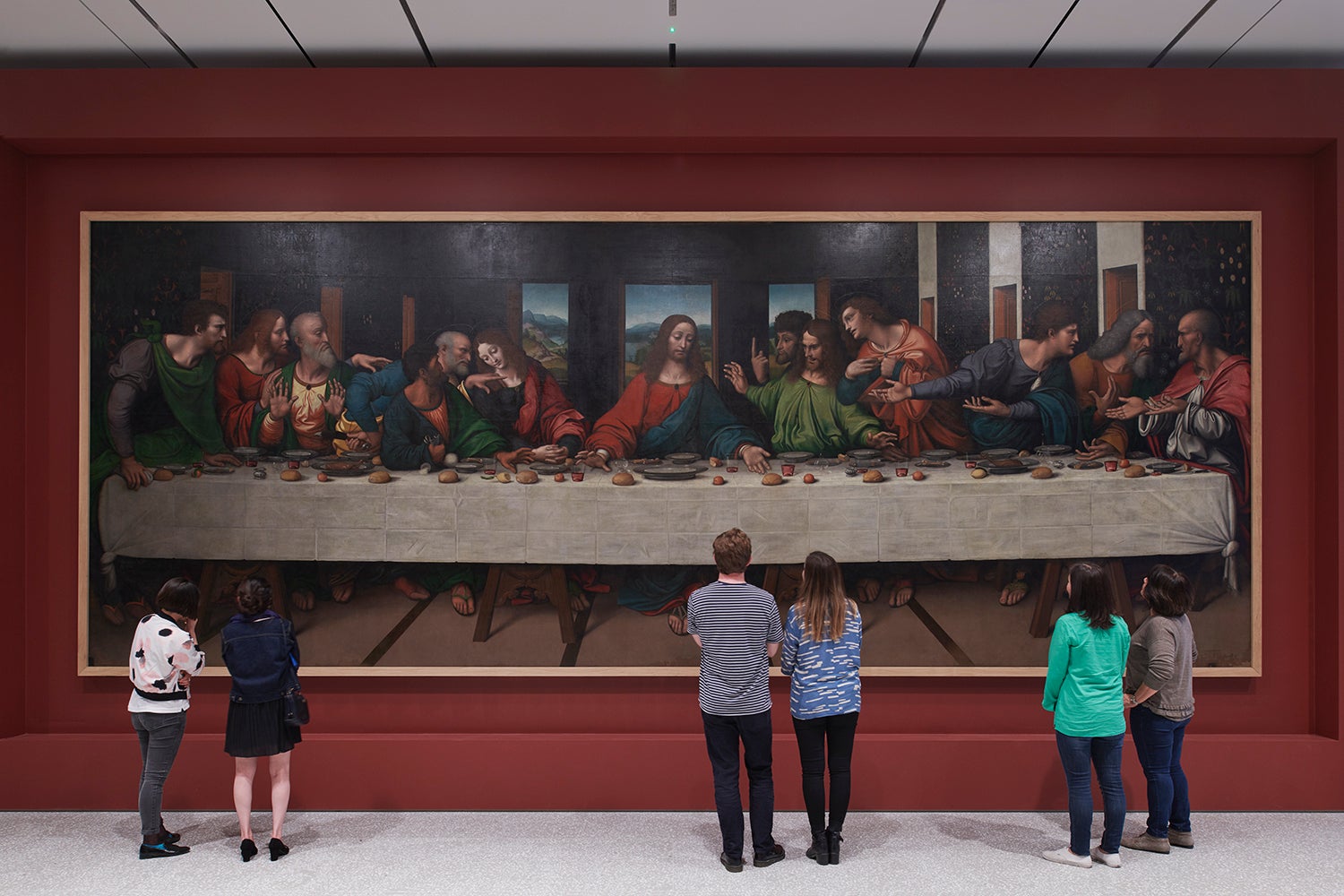
You can see Reynolds’ self-portrait in a new Collections Gallery, which is devoted to works gifted by academicians since 1768. Priceless objects here include Michelangelo’s Taddei Tondo, the only marble sculpture by him in England. There’s a marvellous, 16th century copy of Leonardo’s The Last Supper on display too, made soon after the original was completed.
And what do pensive Bentham, magisterial Milton, downcast Harvey, self-assured Newton, and all those other great men in stone who proudly adorn the facades and the niches of these two-buildings-become-one, these twinned pretend-palaces, think about all this? Some of them are quite happy because they’ve been cleaned, made to look to shine for their proud anniversary day. Others of them, inexplicably, are as grimy and edging-off-to-sickly-green in colour as ever.
Amongst the worst are the statues of Raphael and Michelangelo above the main entrance on Piccadilly. What a sin of omission to snub such greats! If one of those academicians had been the late John Ruskin, he’d have shinned up a ladder to right that wrong in a jiff.
The RA’s new buildings open to the public 19 May
Join our commenting forum
Join thought-provoking conversations, follow other Independent readers and see their replies
Comments